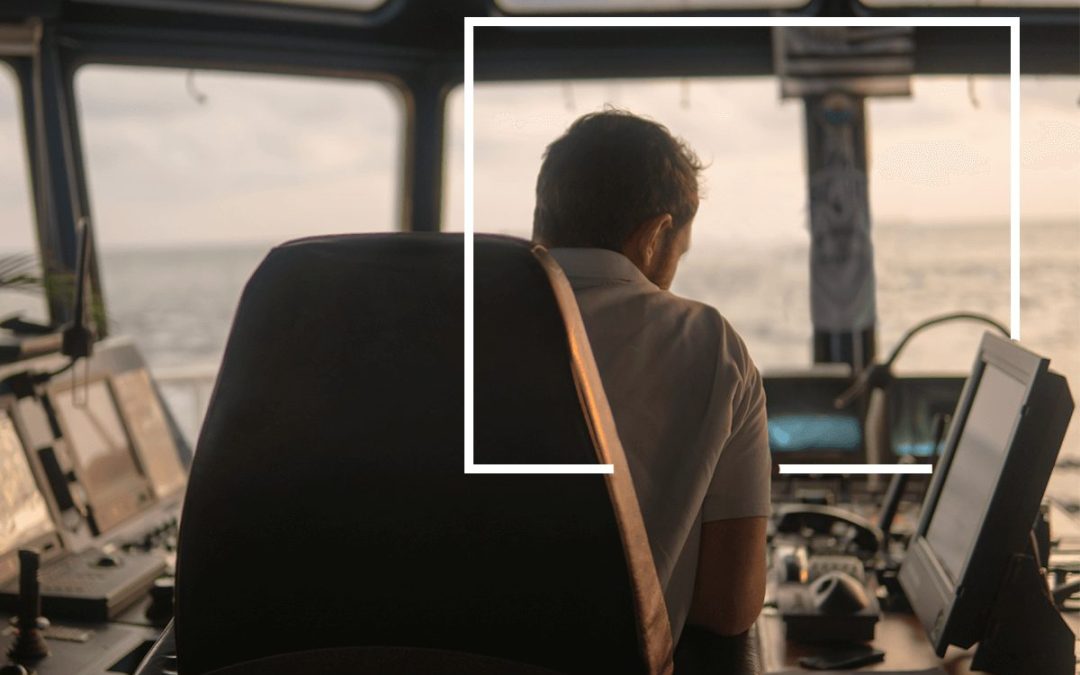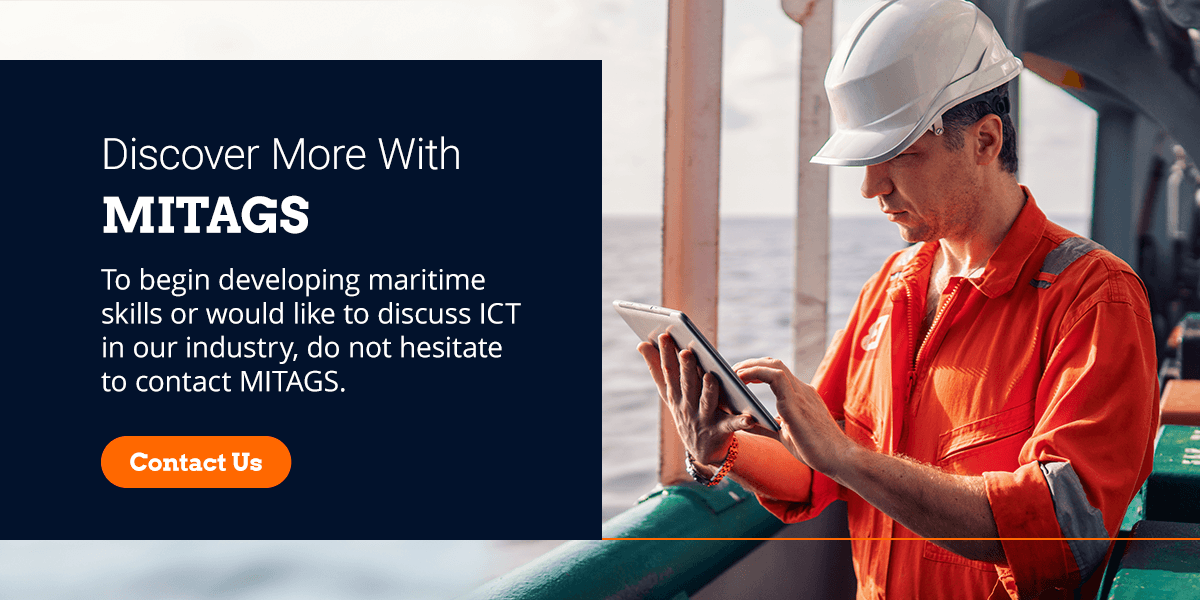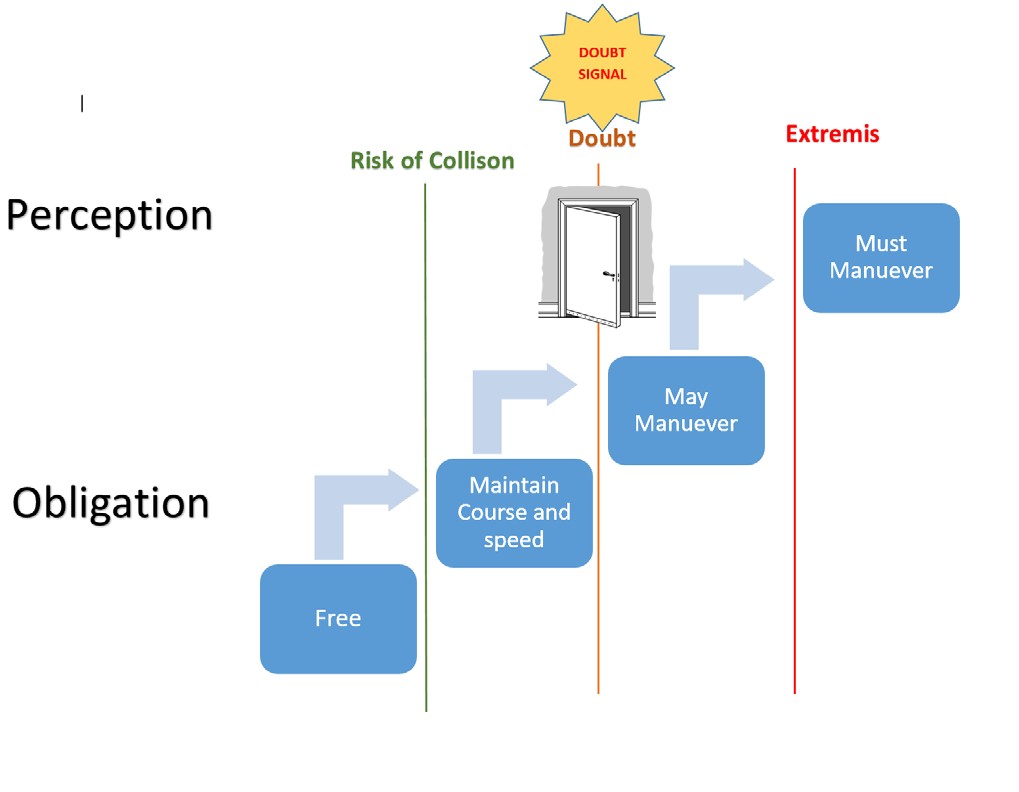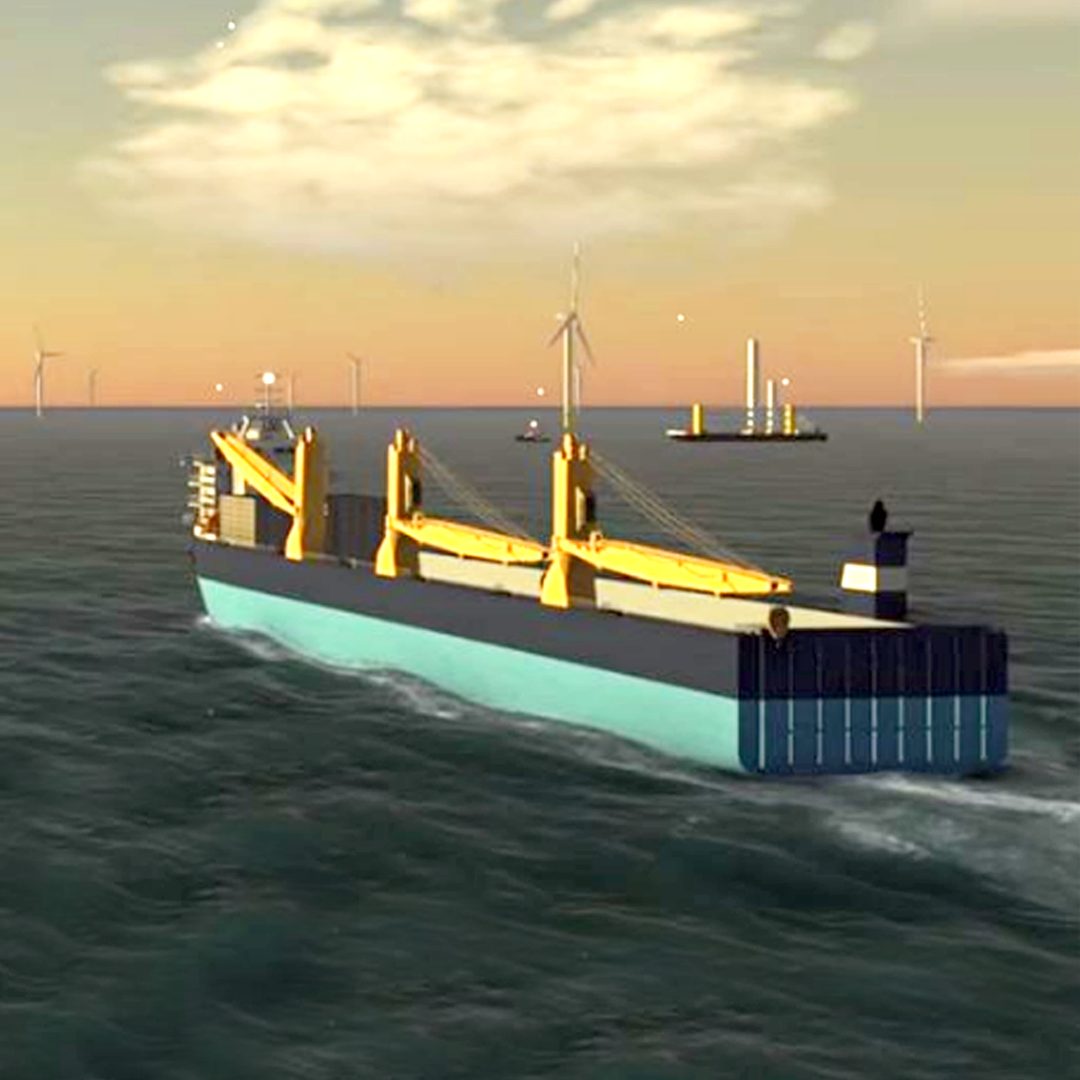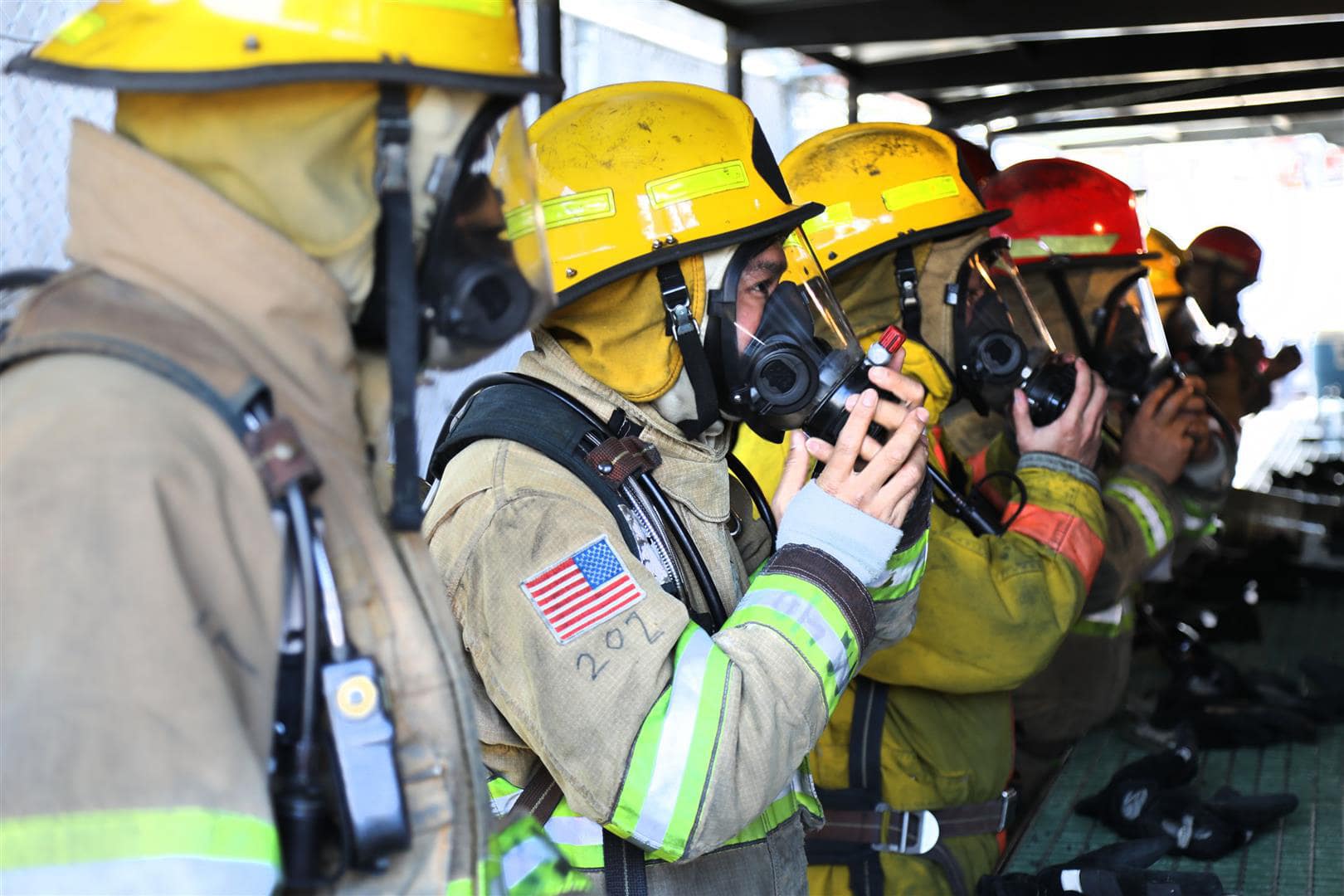Maritime transport is a pivotal component in the world economy, with the vast majority of world trade goods and materials transported by sea annually. With the demand for goods increasing yearly, the maritime industry must continuously look for and develop innovative solutions and technologies to streamline the supply chain and offer efficient procedures, strategies, security, communication and safety. Adopting advanced technologies and digitization, brought about by information and communication technology (ICT) innovations, helps the industry match global standards and expectations.
Adopting changing technologies is only the beginning. Implementing and utilizing ICT to aid with stable and effective procedures, information and communication handling, and transmission is essential to decision-making and general operational success. Understanding what ICT means for the maritime industry, how it is used, its importance and noting evolving forms is key to understanding its impact on the marine industry.
What Is the Meaning of ICT in Maritime?
ICT infrastructures are valuable components in maritime as they help create connections between people, ships, ports and more. By incorporating these systems, companies realize greater business flow as the collaboration between sea and shore is streamlined through digitalization. Information and communication technology bridges information technology (IT) and communication technology. ICT focuses on communicating information through various technological mediums, either human-to-human, machine-to-machine or humans and machines.
Modern maritime has several ways of information transfer — some are even automated by using artificial intelligence (AI) and the Internet of Things (IoT) brought about by the Fourth Industrial Revolution or Industry 4.0, which promotes smart automation and increased interconnectivity. These functionalities have far-reaching implications regarding information exchange and global system functionality in the maritime industry.
Why Is ICT Important in the Marine Industry?
ICT and similar advancing technologies are the current and future steps in maritime industry advancement. In 2019, the International Marine Organization (IMO) mandated the electronic exchange of information between ports and ships. This further prompted the uptake of an IMO strategy known as e-navigation dating back to 2006, which seeks to promote technological advancements and digital equipment to improve:
- Safety
- Security
- Communication
- Environmental impacts
- Efficiency in route planning and execution
Additionally, e-maritime points to using more standardized ICT systems to digitize and facilitate improved administrative processes and streamline logistic operations paperwork and clerical errors. E-maritime is a concept initially coined by the European maritime transport sector but is now furthered by the mandatory maritime single window put forth by the IMO.
How Is ICT Used in the Shipping and Maritime Industry?
Maritime-centric ICT is a collection of unifying communication and information tools necessary to the maritime industry used in various ways, including the following five examples.
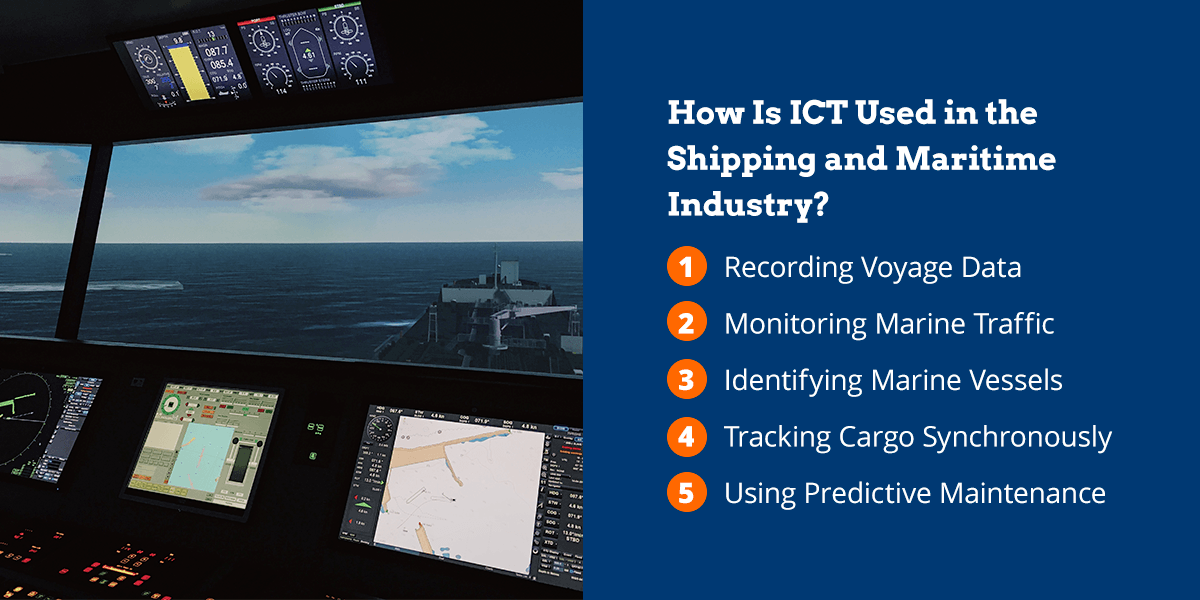
1. Recording Voyage Data
Ships possess a maritime black box or a voyage data recorder (VDR). The VDR collects data from equipment and sensors throughout the ship to offer constant monitoring and information for a robust analysis post-accident. This is its primary purpose. However, it has additional functions to help with performance monitoring, allowing for preventive maintenance and accident prevention.
2. Monitoring Marine Traffic
Vessel traffic services (VTS) at harbors and ports use monitoring systems and vessel traffic software systems to assist ship navigation. They monitor vessels within a given radius and interact with ships to provide guidance and assistance, especially when ships pass through high-risk areas requiring complex navigation.
VTS may use:
- Thermal sensors
- Video surveillance
- Meteorological data
- Automatic identification systems (AISs)
- Very high frequency (VHF) marine radios
- Radar with automatic radar plotting aid (ARPA)
3. Identifying Marine Vessels
Any ship with a gross tonnage of 300 tons or more must be fitted with an AIS. The AIS equipment has several functions but essentially allows for the identification and location of ships. Local port authority VTS, custom control and coastguard authorities can use AIS with other marine traffic monitoring systems, and ships employ this technology to locate and identify passing vessels to avoid collisions.
AIS also assists maritime security by noting unique identifiers, including the ships’ names, and providing their position, speed, course and next port.
4. Tracking Cargo Synchronously
Stakeholders, including manufacturers, suppliers, purchasers and other cargo owners, have always concerned themselves with the arrival of ships. Due to digitalization within the shipping industry, there is far more transparency as data is captured and transmitted in real-time.
You can track the voyage progress, and with specific advanced integrated ICT solutions, you can also monitor the status of the cargo, particularly if it is time-sensitive goods. Real-time tracking improves client relationships and boosts satisfaction as they have enhanced and transparent insights into cargo transportation.
5. Using Predictive Maintenance
The type of navigational and monitoring equipment used assists with accident prevention and enables mariners to avoid machinery failure and unexpected repairs that could result in downtime. In an ecosystem where delays equate to ships docking late and missing cargo deadlines, the costs and inconvenience travel along the supply chain. That is why the emergence of onboard ICT systems that use various sensors and integration are indispensable resources.
Integrated ICT systems gather and analyze big data to help inform and alert us to declining machinery and equipment to help avoid potential issues by proactively maintaining and repairing components.
How Essential Are Networks and Communications to the Marine Industry?
Besides data analysis, networks created using ICT in the maritime industry enable ships, ports, support services, insurers and other stakeholders to communicate effectively. In the twenty-first century, there is a great deal more information transmitted, relayed, stored and analyzed than before.
Ever-increasing ICT capabilities enable integration between stakeholders with differing technical setups as devices become increasingly compatible and interoperability increases between devices and systems. Communication between vessels and on-shore entities will become increasingly seamless, detailed and insightful. Already the modern maritime industry is equipped with the following:
- VHF marine radios
- High frequency (HF) marine radios
- Medium frequency (MF) marine radios
- Vessel identification, monitoring and surveillance systems
- Digital selective calling (DSC) integrated with VHF, HF and MF
- Data and communication encryption and decryption systems and software
- Other navigational and communication equipment for information transmission
- Navigational telex (NAVTEX) systems for meteorological forecasts and warnings
- Search and rescue radar transponders (SARTs) for detection in the immediate vicinity
- International maritime satellite (INMARSAT) communication systems with differing applications
- Very small aperture terminal (VSAT) with higher speed steady internet for improved communication
- Emergency position indicating radio beacons (EPIRBs) for automatic global distress signal transmission
What Are the Roles of AI and the IoT in Maritime?
An ever-growing technological development is the evolution of AI and its ability to assist and change the maritime industry in areas such as:
- Efficiency
- Navigation
- Integration
- Automation
- Connectivity
- Data analysis
As part of Industry 4.0, connectivity and data transfer grow extensively when AI is integrated with IoT, advanced computing and fast, stable internet. Devices, systems, machines and equipment network seamlessly and exchange data while analyzing the information to make automatic adjustments or present recommendations.
Humans, data, equipment and computing have started to form increasingly integrated relations in the daily running of the maritime industry. These technological advancements and integration are why it’s essential to understand ICT, AI, IoT and the importance of maritime industry cyber security for ICT.
Discover More With the Maritime Institute of Technology and Graduate Studies (MITAGS)
At MITAGS, whether you are a professional mariner or hoping to discover your new profession, our maritime vocational training courses, including our maritime cybersecurity course, will equip you for success. Since MITAGS’s inception in 1972, our expert instructors and mentors have used up-to-date technologies to offer premium introductory, complementary and advanced training to help advance your maritime knowledge base and practical skill set.
If you have any frequently asked questions about MITAGS courses, want to begin developing maritime skills or would like to discuss ICT in our industry, do not hesitate to contact MITAGS, and one of our advisors will follow up with you.

